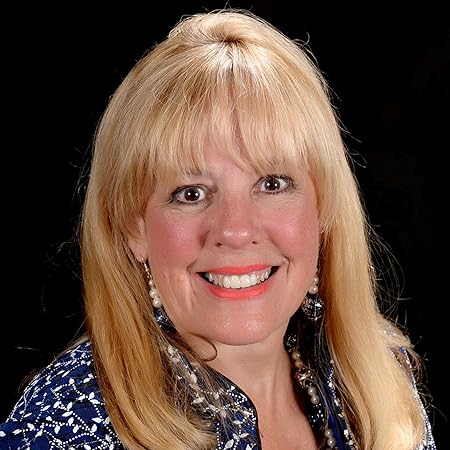By Peggy Brockman
Nationally, suicide is the second leading cause of death in ages 10 to 34. This is the same with the Hispanic/Latina population of this age. Reports from over the last few years show that suicide attempts in Hispanic girls in grades 9 through 12 were actually 40% higher than non-Hispanic whites. That is a concerning number. To take that a step further, a survey showed in this age category that 10.8% of Hispanic youth males and 22.2% of Hispanic youth females had suicidal ideations or seriously considered killing themselves. About half of those actually attempted suicide. The state of Florida has seen well over a 50% increase in youth suicides among Hispanics. It is time to do something to help!
One of the ways we can all help decrease these statistics and start saving our kids is to begin to openly talk about suicide and realize that mental health is a topic we should all be discussing. It is time to bring the topic out of the dark and realize that there is hope and help for those who struggle….and that number is far higher than we all would want to admit.
September is National Suicide Prevention Month. It is about creating awareness about the issue and providing resources for those who are struggling. United for a Good Cause, Inc., a non-profit who works with youth in the panhandle area is leading the charge in making sure that HOPE and HELP is available and that awareness is created with every student in the school systems. They brought the HOPE Squad Peer to Peer Suicide Prevention program to all schools in Okaloosa County and will soon be launching in some Escambia County School District schools. The goal is to have HOPE Squads in every school in the panhandle from Escambia County all the way over to Tallahassee. It takes a village to raise a child…it takes a commUNITY coming together to save one and United for a Good Cause needs all of us to come together to support the HOPE Squad program in the schools. You can sponsor a school, make a donation at www.BringHopeNow.com, join in the discussions throughout this month….just start the conversations with those you know and love.
If you know of someone who is talking about suicide or you are feeling life is just too much to handle, call the Suicide Prevention Lifeline at 800-273-TALK (8255) or text GULF to 741741 and someone will be there to communicate with you 24/7. To learn more about HOPE Squad, visit www.BringHopeNow.com.
Let’s look at the warning signs of suicide:
- Talking about wanting to die
- Looking for a way to kill oneself
- Talking about feeling hopeless or having no purpose
- Talking about feeling trapped or in unbearable pain
- Talking about being a burden to others
- Increasing the use of alcohol or drugs
- Acting anxious, agitated or recklessly
- Sleeping too little or too much
- Withdrawing or feeling isolated
- Showing rage or talking about seeking revenge
- Displaying extreme mood swings
The more of these signs a person shows, the greater the risk. Warning signs are associated with suicide but may not be what causes a suicide.
WHAT TO DO:
- Do not leave the person alone
- Remove any firearms, alcohol, drugs or sharp objects that could be used in a suicide attempt
- Call the US National Suicide Prevention Lifeline at 800-273-8255
- Take the person to an emergency room or seek help from a medical or mental health professional.
- Contact the Lakeview Center Mobile Response (Okaloosa, Walton, Escambia & Santa Rosa Counties) team at 866-517-7766 if a person is experiencing a behavioral health crisis and willing to seek assistance; a person is experiencing suicidal thoughts or severe stress that results in a significant decline in functioning.
- If a person has attempted or is at immediate risk of attempting or completing a suicide or immediate risk for aggression, call 911.



